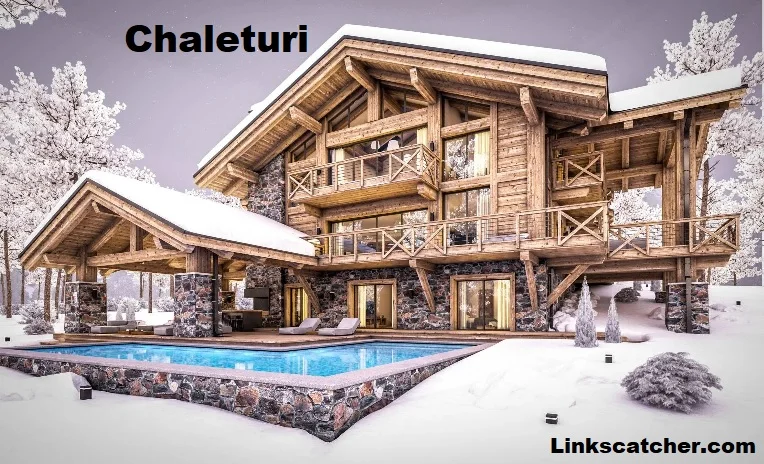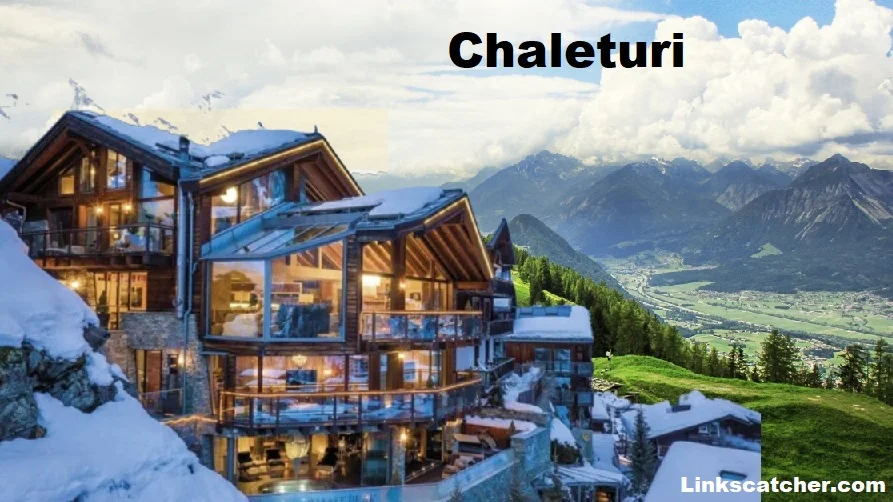
Chaleturi, a term steeped in tradition and cultural significance, refers to the iconic mountain homes found in the picturesque landscapes of Georgia. These structures, known for their rustic beauty and harmonious blend with nature, have become emblematic of Georgian architecture and heritage. But what exactly are chaleturi, and why do they hold such a special place in Georgian culture? Let’s embark on a journey to explore the history, architecture, and cultural relevance of these timeless dwellings.
What is Chaleturi?
Chaleturi are traditional Georgian mountain homes, often nestled in the country’s highland regions. The term “chaleturi” is derived from the word “chalet,” which generally refers to a wooden house with a sloping roof, typically found in mountainous areas. However, chaleturi are uniquely Georgian, with a distinct architectural style that reflects the country’s rich history and diverse geographical influences.
Historical Background of Chaleturi
The origins of chaleturi can be traced back to ancient times when the need for sturdy and weather-resistant homes in Georgia’s mountainous regions led to the development of these unique structures. Over centuries, chaleturi evolved, influenced by the local climate, available materials, and cultural practices. They became not just shelters but symbols of Georgian resilience and craftsmanship.
Chaleturi in Modern Georgian Society
In contemporary Georgia, chaleturi continue to hold cultural and architectural significance. While many traditional chaleturi have preserved and restored, others have adapted to meet modern needs. The Georgian government and various cultural organizations have actively involved in preserving. These structures as part of the country’s architectural heritage.
One of the most striking aspects of chaleturi is their architecture, which blends practicality with aesthetic appeal.
Traditional Materials Used
Chaleturi have typically constructed using natural materials such as wood, stone, and clay. These materials are not only readily available in Georgia’s mountainous regions. But also contribute to the durability and thermal efficiency of the buildings.
Unique Structural Elements
A hallmark of chaleturi architecture is the extensive use of balconies, often adorned with intricate wooden carvings. The roofs have steeply pitched to allow snow to slide off easily, and the windows have strategically placed to maximize natural light while providing stunning views of the surrounding landscapes.
Interior Design Aspects
The interiors of chaleturi have designed to be cozy and functional, with a focus on warmth and comfort. Traditional furnishings, such as wooden benches and tables, have often complemented by colorful textiles and decorations that reflect Georgian artistic traditions.
The Cultural Significance of Chaleturi

Chaleturi have deeply embedded in Georgian culture, often featured in folklore, art, and literature. They have seen as symbols of hospitality, reflecting the Georgian ethos of welcoming guests with warmth and generosity. The image of a chaleturi, with its glowing windows and smoke rising from the chimney, is a powerful representation of home and hearth in Georgian culture.
Chaleturi and Georgian Cuisine
The connection between chaleturi and Georgian cuisine is profound. These mountain homes have historically been the setting for many traditional Georgian feasts, where family and friends gather to enjoy local dishes. The design of chaleturi, with their spacious kitchens and communal dining areas, facilitates the preparation and enjoyment of hearty, home-cooked meals.
The Role of Chaleturi in Tourism
In recent years, chaleturi have become popular among tourists seeking an authentic Georgian experience. Many of these traditional homes have been converted into guesthouses, offering visitors a chance to immerse themselves in the local culture and enjoy the stunning natural surroundings. It play a key role in promoting eco-tourism, with many owners emphasizing sustainable practices.
Chaleturi in Literature and Cinema
Chaleturi have made their mark on Georgian literature and cinema, often serving as evocative settings for stories that explore themes of tradition, family, and the connection to the land. These homes are frequently depicted as places of refuge and solace, symbolizing the enduring ties between people and their homeland.
Modern Interpretations of Chaleturi
While traditional chaleturi remain popular, there has been a growing trend toward modern interpretations of these classic homes. Contemporary architects are reimagining chaleturi by incorporating modern materials and design elements while retaining the essential features that define these structures. This blending of old and new allows chaleturi to evolve while preserving their cultural significance.
The Future of Chaleturi
The preservation of chaleturi faces several challenges, including the pressures of modernization and the effects of climate change. However, there are also opportunities for innovation, particularly in the areas of sustainable building practices and eco-friendly tourism. The future of chaleturi will likely depend on a delicate balance between maintaining tradition and embracing change.
Chaleturi and Environmental Sustainability
Chaleturi have long been admired for their eco-friendly design, which makes use of natural materials and passive heating and cooling techniques. Today, there is a growing interest in enhancing the sustainability of these structures through the use of renewable energy sources and other green technologies. This focus on sustainability aligns with broader efforts to promote eco-tourism and protect Georgia’s natural environment.
How to Experience Chaleturi as a Tourist
For those interested in experiencing chaleturi firsthand, there are several regions in Georgia where these traditional homes can be found. Visitors are encouraged to stay in a chaleturi guesthouse, where they can enjoy the warmth of Georgian hospitality, sample local cuisine, and explore the surrounding countryside.
Famous Chaleturi in Georgia
The region of Svaneti has renowned for its well-preserved chaleturi, many of which date back centuries. These homes have notable for their defensive towers, which have used to protect families and their livestock from invaders.
Racha, another mountainous region of Georgia, is home to some of the most picturesque chaleturi in the country. The unique architectural features of these homes, including their steeply pitched roofs and ornate wooden balconies, make them a must-see for visitors.
In the wine-producing region of Kakheti, chaleturi have often associated with traditional winemaking practices. Many of these homes have wine cellars and other features that reflect the region’s rich viticultural heritage.
Conclusion
Chaleturi are more than just buildings; they are a testament to the resilience, creativity, and hospitality of the Georgian people. These traditional mountain homes, with their unique architectural features and deep cultural significance, continue to captivate the imagination of both locals and visitors alike. As Georgia looks to the future, the preservation and adaptation of chaleturi will be crucial in maintaining the country’s architectural heritage and promoting sustainable tourism.
FAQs about Chaleturi
What is the best time to visit a chaleturi in Georgia?
The best time to visit a chaleturi is during the late spring to early autumn months when the weather is mild, and the natural surroundings are at their most beautiful.
Are there any luxury chaleturi available for tourists?
Yes, there are luxury chaleturi that offer modern amenities while retaining their traditional charm. These accommodations provide a unique blend of comfort and cultural experience.
How do I book a stay in a traditional chaleturi?
You can book a stay in a chaleturi through various online platforms or directly with local guesthouses. It’s advisable to book in advance, especially during peak tourist seasons.
What are some must-try Georgian dishes when staying in a chaleturi?
When staying in a chaleturi, be sure to try traditional dishes such as khachapuri (cheese-filled bread), khinkali (dumplings), and mtsvadi (grilled meat skewers).
Can chaleturi be found outside of Georgia?
While chaleturi are unique to Georgia, similar mountain homes can be found in neighboring countries with similar climates and cultural influences.